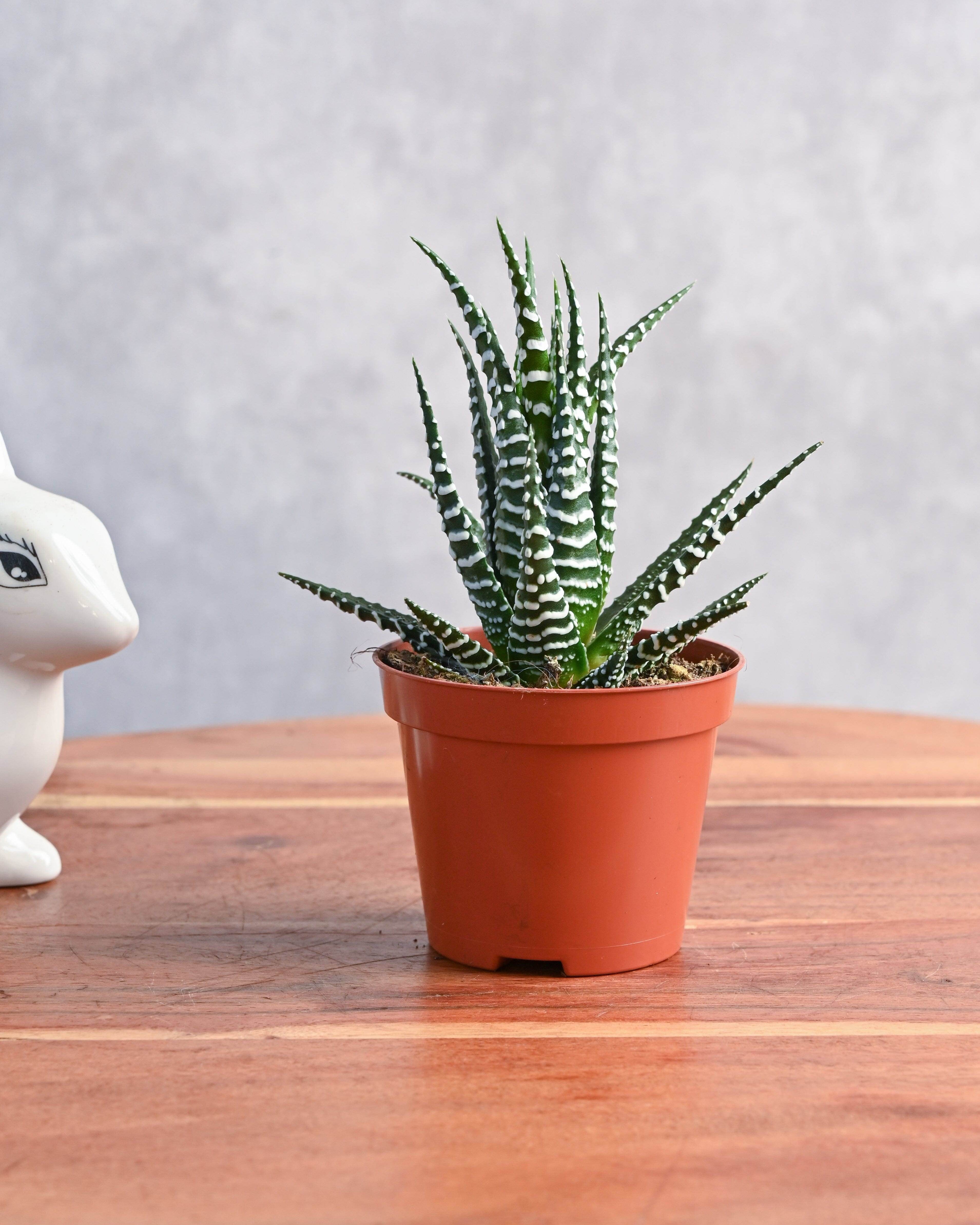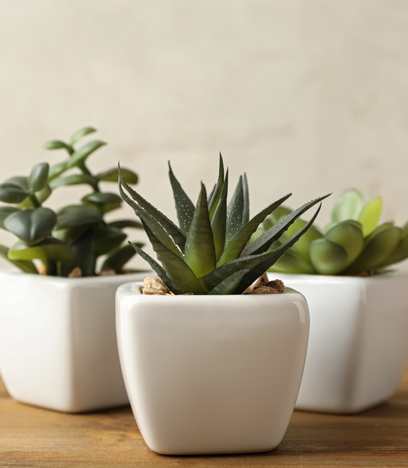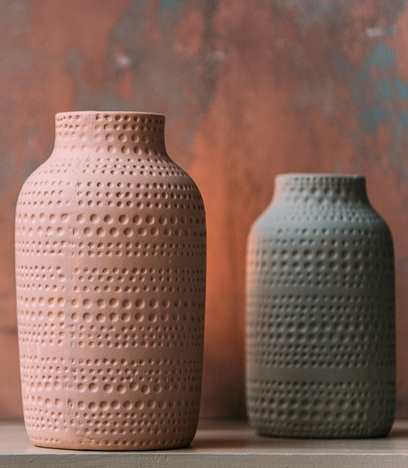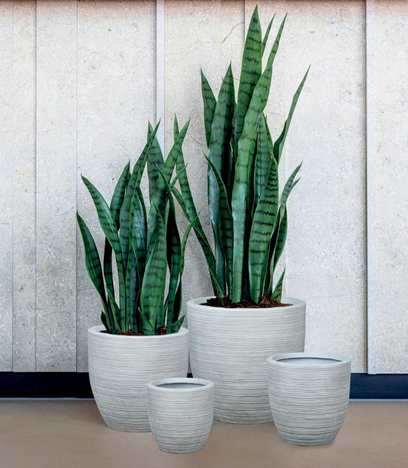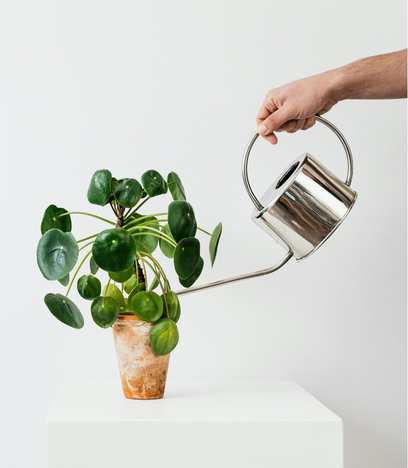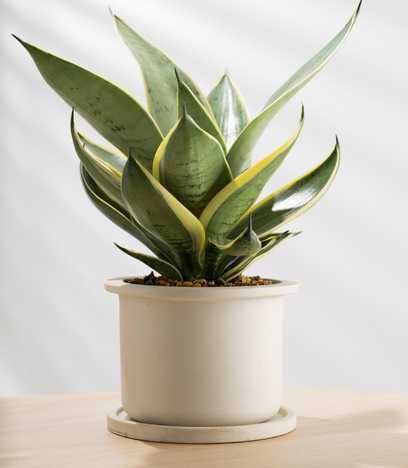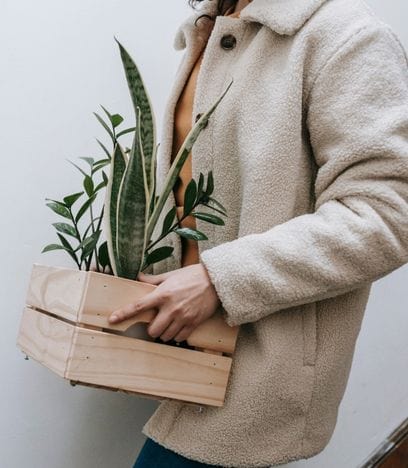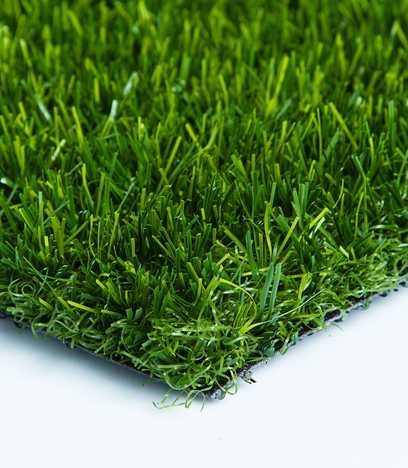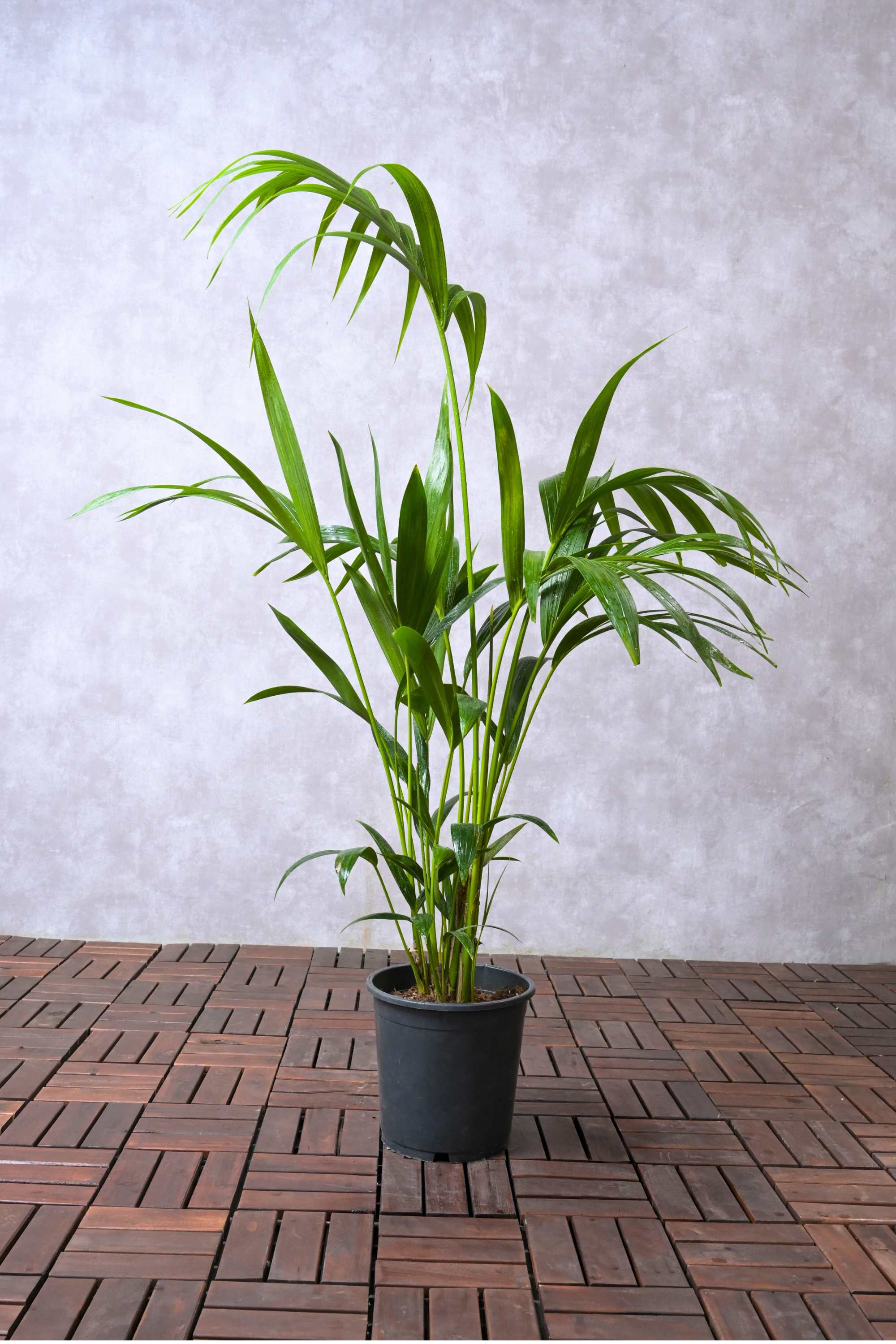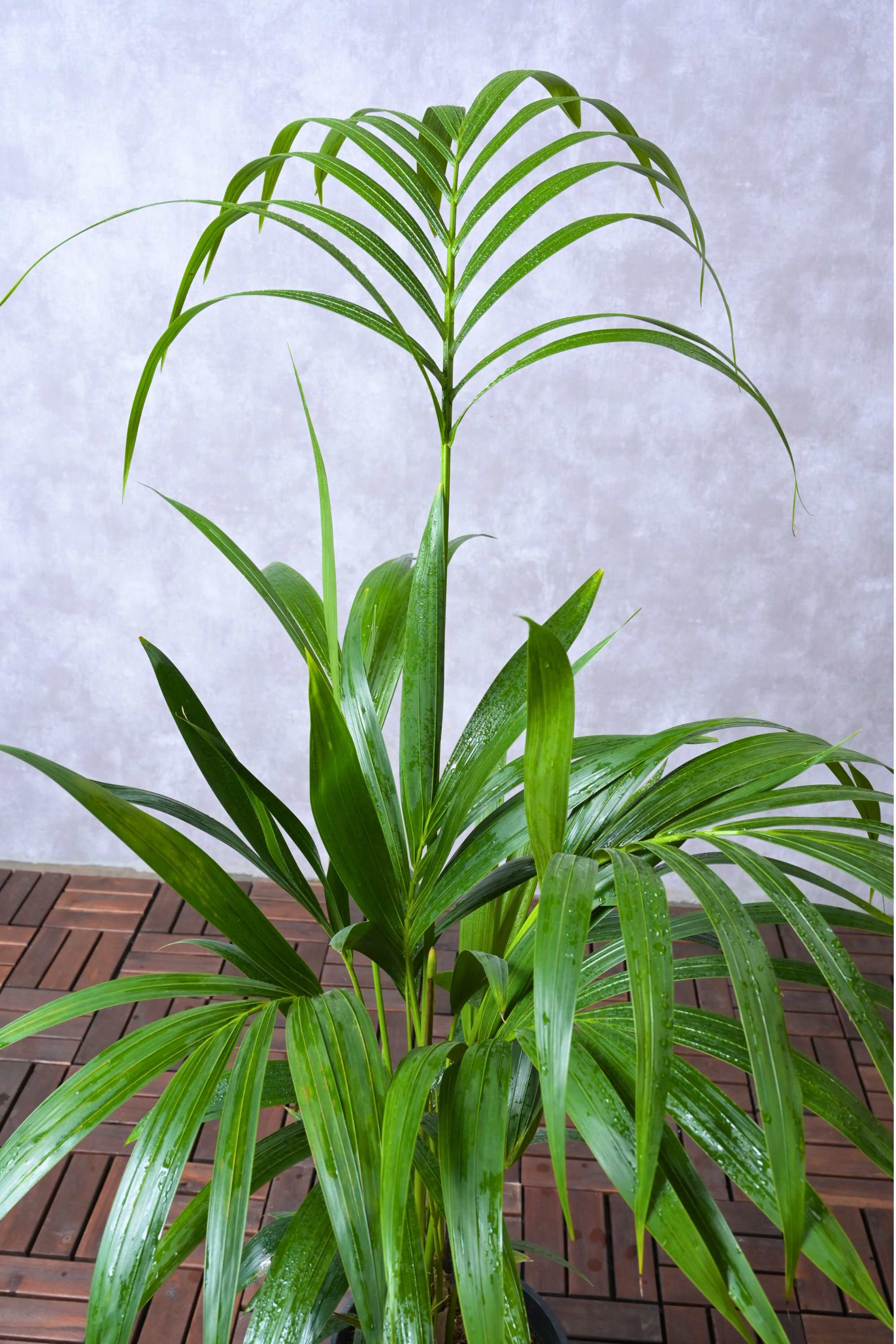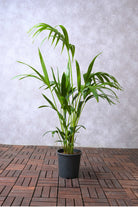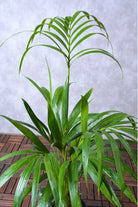Howea forsteriana
(Kentia Palm)
Couldn't load pickup availability
Your plants will show up fresh, vibrant, and pest-free—guaranteed.
Not feeling it? We’ve got your back! Snap a pic and reach out within 14 days, and we’ll replace your plant—no hassle, no fuss.
Read more about our Freshness Guarantee.
We offer free standard delivery on all orders AED 250 and above.
Orders below AED 250 have a flat delivery fee of AED 20.
[View our full shipping policy]
- Light: Prefers bright, indirect light but tolerates low-light conditions.
- Water: Water when the top 2–3 cm of soil feels dry. Avoid overwatering.
- Humidity: Adapts well to average indoor humidity. Mist occasionally in dry environments.
- Temperature: Thrives between 18–26°C. Keep away from cold drafts or direct AC.
- Soil: Use a well-draining indoor potting mix with peat and perlite.
- Fertilizer: Feed monthly during the growing season (spring–summer) with a balanced liquid fertilizer.
First, lucky them! Second, in the cart, before checkout, you’ll find an option to add a gift note. You can rest assured that all orders are shipped without pricing information and include directions on how to access our digital Care Library for plant care instructions.
Don’t worry, we won’t spoil what the surprise is or send them any marketing emails.
Kentia Palm (Howea forsteriana) is a graceful, slow-growing palm with arching green fronds. Perfect for indoor use in UAE homes and offices, it thrives in medium light and tolerates dry indoor air. Its elegant structure makes it ideal for floor planters, lobbies, or living rooms. A low-maintenance, air-purifying palm that adds tropical sophistication and vertical greenery to any space.


